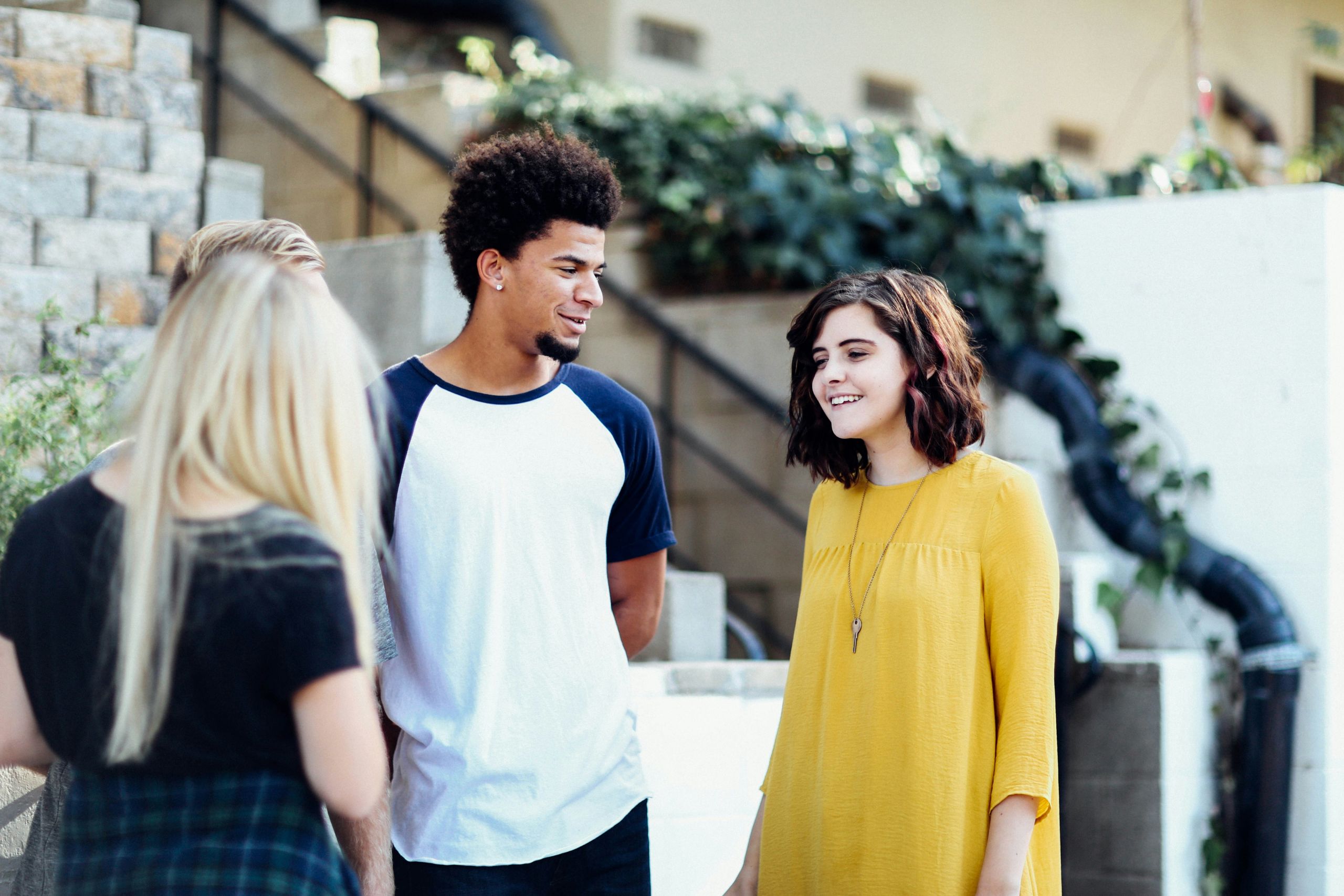Many schools have moved towards a more restorative lens when it comes to establishing a positive community, empowering collaborative problem solving, and creating behavioral change. The basic tenets of restorative practices are: community circles, norm setting, and restorative chats1. These tenets stem from some indigenous communities and how they respond to conflict by “working to shape relationships through care, reciprocity, and accountability.”2 The most common approach to infusing restorative practices in schools is through systemic training. There are many excellent training resources available to schools who want to train all staff in restorative practices.
“There are many ways to start small with implementing restorative practices.”
While restorative practices are most effective when implemented systemically, don’t let the training element become a barrier for you if your school or district are not yet on board. There are many ways to start small with implementing restorative practices, and in fact, you might find that you are already doing many of them!
1. Teach social and emotional learning skills.
Students do not instinctively know their worth and value. They don’t automatically know how to solve problems, identify emotions, and make positive contributions to their communities. These skills must be taught. By creating prioritized space and time for teaching these skills, we adopt a proactive lens and communicate the equal importance of learning and growing in more than just academic measures.
Small Step → Teach Indiana’s Employability Skills and advocate for SEL time to be included in the daily schedule.
2. Prioritize community.

Many students do not know the value community brings. They have been hurt or rejected by a community, or simply have not experienced safety within previous communities. The classroom should be a place where all students feel safe, valued, and included. This starts with prioritizing a positive community culture within the space we can control – the classroom. Build a positive culture by circling up daily. These circles can serve many purposes: establishing and reviewing norms, giving students voice, experiencing fun and connection together, and creating empathy. Don’t have time to add this to your schedule? Consider delivering content in a community circle format to reinforce prosocial norms, eye contact, listening skills, and collaboration.
Small Step → Begin class in a circle and focus on connection through check-in questions, fun collaborative activities, and practicing empathy.
3. Set clear expectations and review them often.
In her book, “Dare to Lead,” Brene Brown said, “Clear is kind. Unclear is unkind.” We must be clear in our expectations of students within our school communities. If the community expectation is unclear, students feel hurt, confused, and unjustly accused when an “unwritten” norm is broken. It’s best practice to involve students in norm setting, as well as in the agreed upon consequences of said norms. Giving students voice to what kind of classroom community they wish to be part of increases buy-in and accountability for the norms that are set. Consider creating a community code of conduct that sets clear norms and consequences for both positive and negative behaviors. For example, “When I wait to speak until I am called on, my classmates feel valued and I can learn from their responses. When I shout out over my classmates, they feel insignificant and do not want to listen to my answer.” Giving students the WHY behind an expectation is key to understanding and behavioral change. In a classroom community built on connection and empathy, accountability for agreed upon norms is not viewed as punitive, but as expected. Natural, logical consequences connected to expectations are most effective for teaching, learning, and accountability.
Small Step → Create clear classroom norms and review them often.
4. Teach healthy conflict mediation.
Many of us grew up thinking conflict was bad and something to be avoided. Others adopted a “bulldozer” mentality to addressing conflict – leaving people feeling unheard and victimized in our wake. But what if we viewed conflict as expected within the context of community? Not good. Not bad. Just an expected part of human relationships. That shift in perspective allows us to predict conflict, normalize mistakes, and develop a plan for restoration. Again, if this is something many of us must learn/unlearn, then of course our students do not inherently know these things to be true! We must teach, model, and coach them how to address conflict in healthy ways to restore (and even strengthen) relationships. As Carl Wilkens3 cautioned, “We repeat what we don’t repair.” Schools can do this in many different ways, all with the same basic principles in mind:
1. Assertively share how you felt and why.
2. Collaboratively come up with a solution to the problem.
3. Actively take steps to repair the harm and/or avoid it from recurring.
Small Start → normalize mistakes and model restoration through collaborative “I statements.”
“We must teach, model, and coach them how to address conflict in healthy ways to restore (and even strengthen) relationships.”
Even small steps can lead your school community in a more restorative direction and, most importantly, will plant the seeds for healthy relationships and communities to grow even beyond our walls.
Training Resources:
- Peace Learning Center
- Hope Alight – TBRI
- Ali Hearn Coaching + Consulting
- Daring Classrooms – Brene Brown
- Revelations in Education – Dr. Lori Desautels
Resources
- Ferlazzo, Larry. “Ways to Implement Restorative Practices in the Classroom.” Edweek.org, Jan 2020.
- Dugan, Jamila. “Don’t Give Up on Restorative Practice!” ASCD Educational Leadership, Vol 81, No 3. Nov 2023.
- Wilkens, Carl. I’m Not Leaving. World Outside My Shoes, 2011.
Please login or register to claim PGPs.
Alternatively, you may use the PGP Request Form if you prefer to not register an account.



